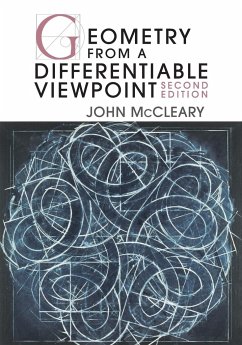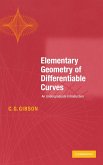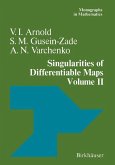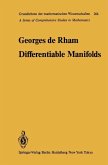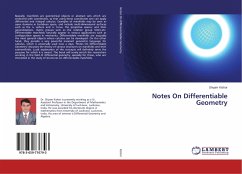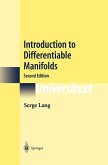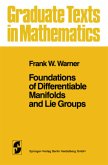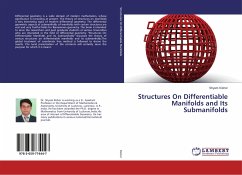The development of geometry from Euclid to Euler to Lobachevsky, Bolyai, Gauss and Riemann is a story that is often broken into parts - axiomatic geometry, non-Euclidean geometry and differential geometry. This poses a problem for undergraduates: Which part is geometry? What is the big picture to which these parts belong? In this introduction to differential geometry, the parts are united with all of their interrelations, motivated by the history of the parallel postulate. Beginning with the ancient sources, the author first explores synthetic methods in Euclidean and non-Euclidean geometry and then introduces differential geometry in its classical formulation, leading to the modern formulation on manifolds such as space-time. The presentation is enlivened by historical diversions such as Huygens's clock and the mathematics of cartography. The intertwined approaches will help undergraduates understand the role of elementary ideas in the more general, differential setting. This thoroughly revised second edition includes numerous new exercises and a new solution key. New topics include Clairaut's relation for geodesics and the use of transformations such as the reflections of the Beltrami disk.
Hinweis: Dieser Artikel kann nur an eine deutsche Lieferadresse ausgeliefert werden.
Hinweis: Dieser Artikel kann nur an eine deutsche Lieferadresse ausgeliefert werden.

